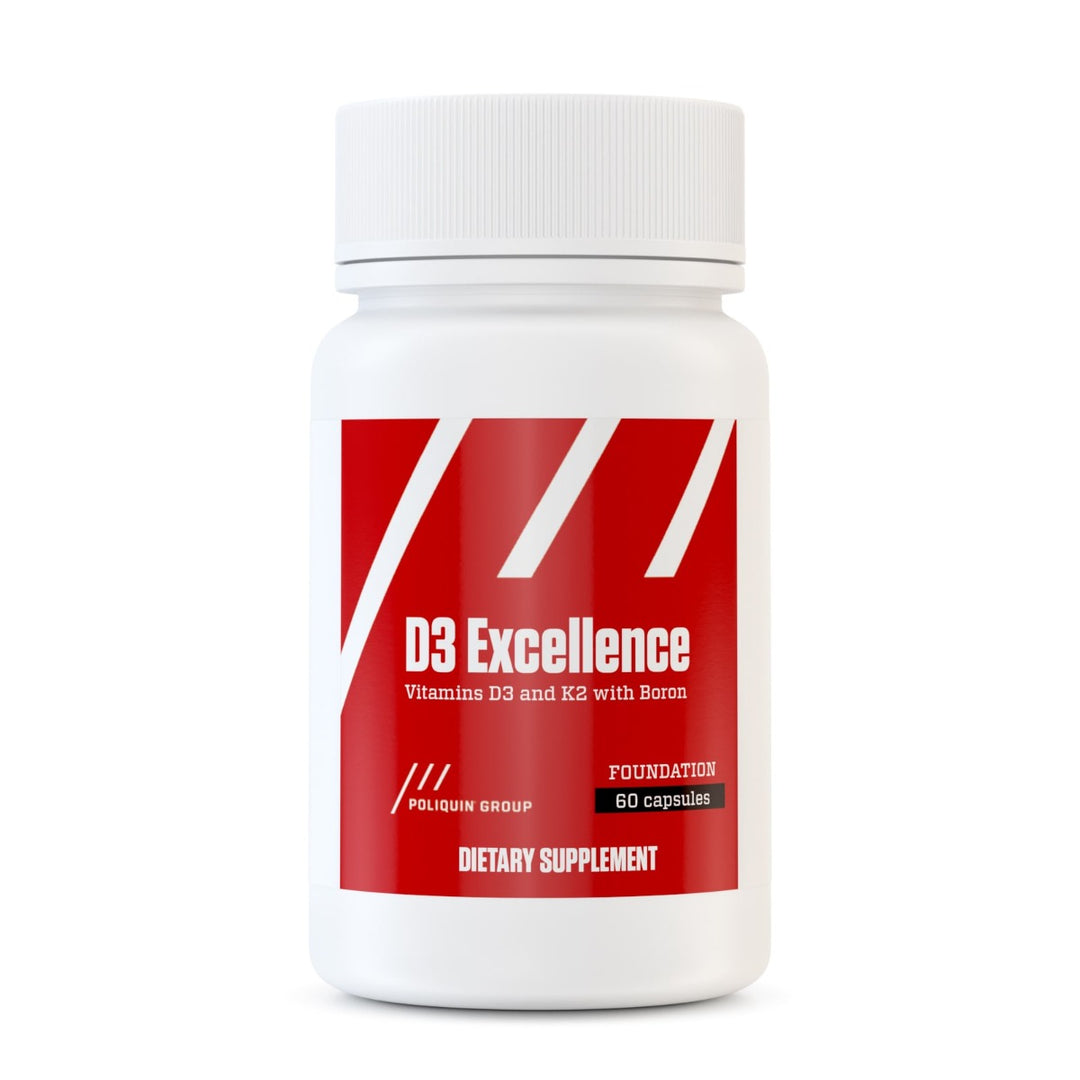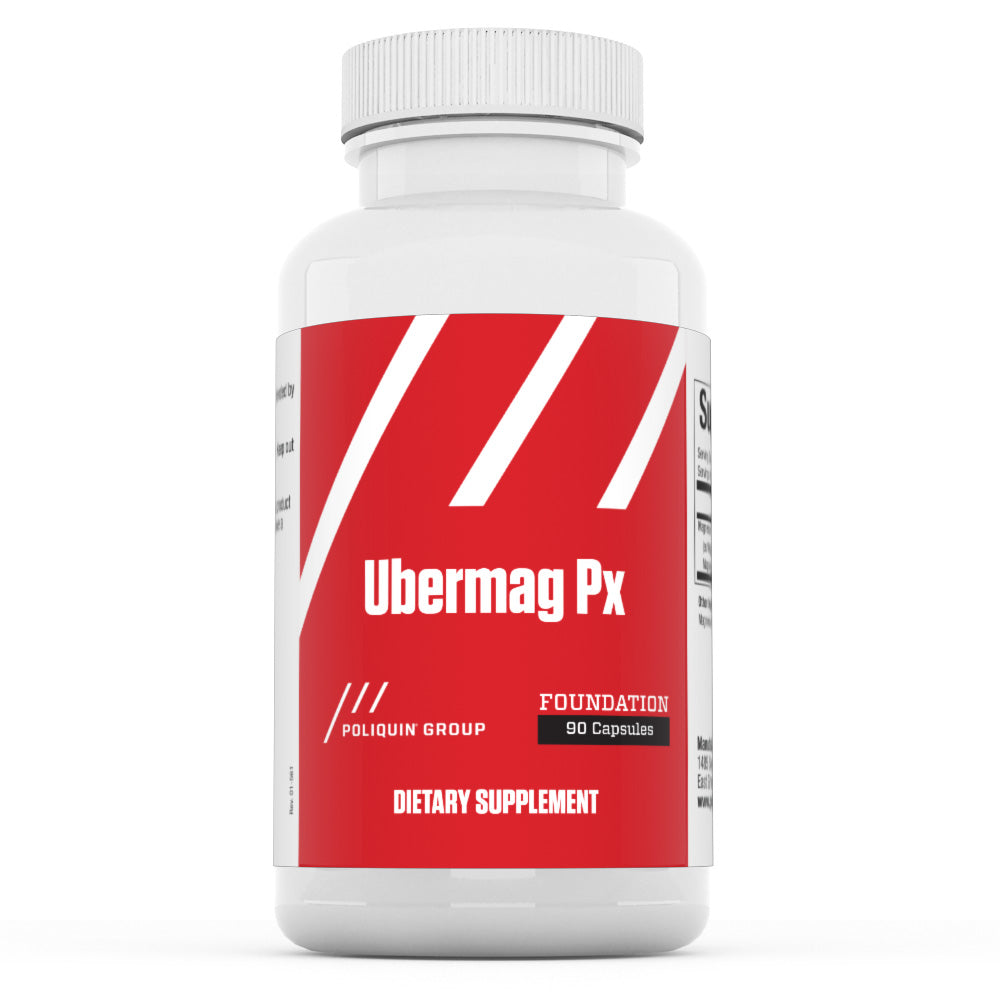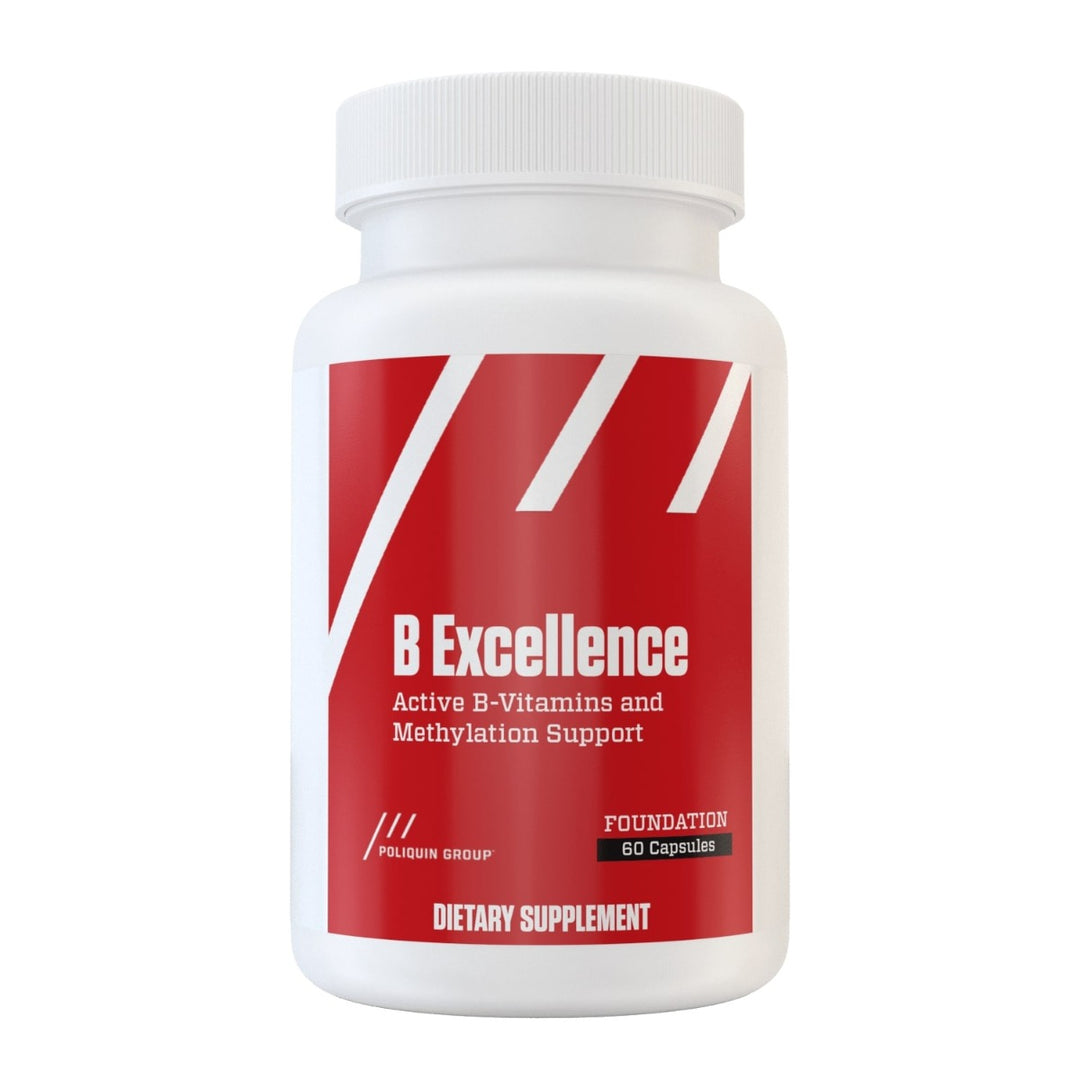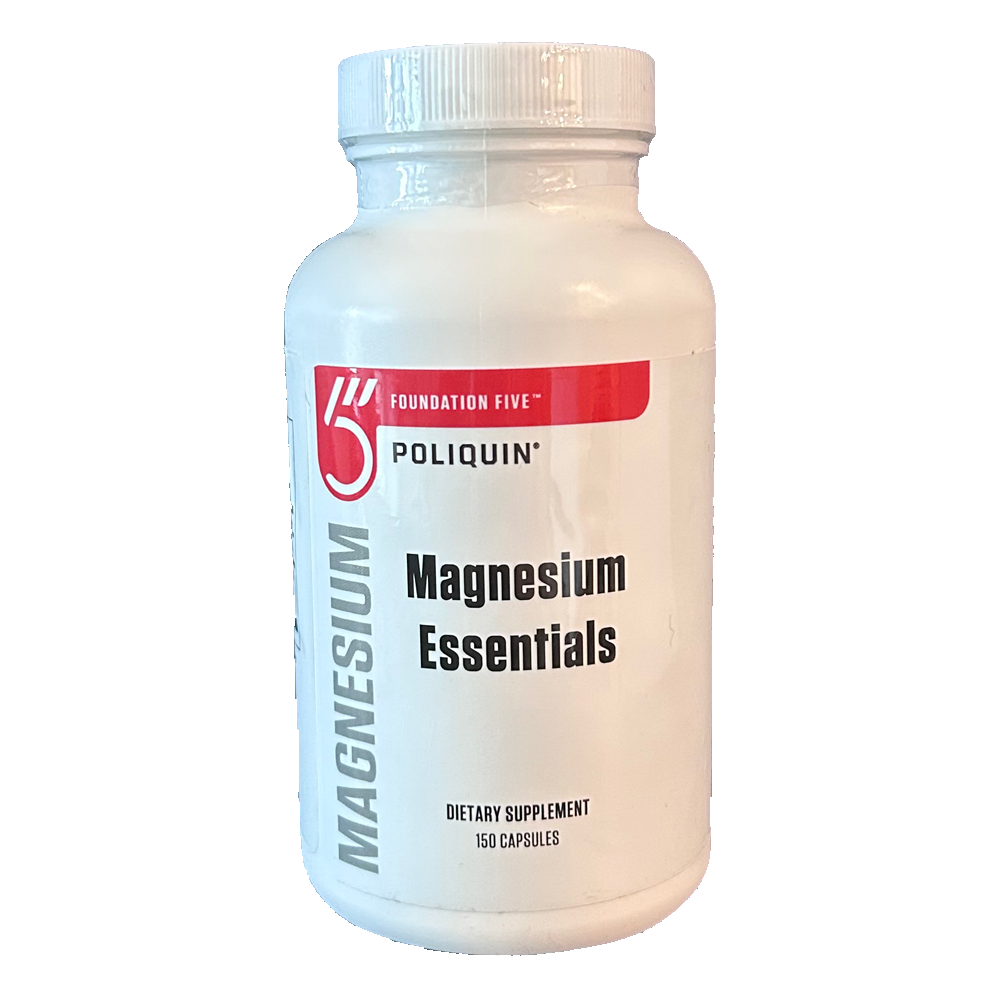Heavy Lifting Will Maximize Your Athletic Performance
Put More Weight On The Bar!
If you don’t include heavy lifting as a regular part of your training, you’ll never achieve your athletic potential. Getting strong is arguably the most important trait because it gives you the greatest opportunity to improve other key athletic performance factors like speed, vertical jump, and power.
Unfortunately, a lot of athletes and coaches get sidetracked by new-fangled exercises or evolve to power training before laying the ground work with heavy strength training. Studies show that developing a strong base of strength will pay off in numerous health and performance benefits for elite and novice athletes alike.
We’ve got the obvious benefits that are fairly well known:
- Lifting heavy has a protective effect on tendons, ligaments, and bone, strengthening connective tissues and lowering your risk of injury.
- Heavy training overcomes structural imbalances within weaker muscles, improving movement patterns to protect you from injury.
- Seeing the weight on the bar go up is enormously satisfying, increasing confidence and motivation as you see yourself getting better workout by workout.
- Heavy lifting appears to optimize endocrine balance by stimulating the HPA axis in the brain that regulates release of hormones like testosterone, growth hormone, and cortisol. Better hormone balance is associated with enhanced athletic performance and pre-game hormone levels are even predictive of who will win a competition.
Most important are the athletic performance benefits of developing a strong base:
A series of studies shows how heavy lifting pays off, allowing you to experience greater power and performance improvements with subsequent training. In a study of trained men who were classified as “Stronger” with a squat 1RM-to-body mass of 1.97 or “Weaker” with a squat to body mass ratio of 1.32, those who were stronger at baseline had greater increases in power output from a 10-week jump squat training program. Peak power and jump height improved more in the stronger group than the weaker. Scientists think that greater baseline strength stimulates neurological changes in the brain and muscle-based changes in the fibers that allow for greater recruitment of fibers and increased power. For example, a similar trial found that the Stronger group had greater improvements in peak velocity and muscle activation during a jump squat than the Weaker group.
Greater muscle activation is important. When playing sports or lifting lighter weights, only a small portion of the muscle fibers in any given muscle are active. Although it’s possible to increase the proportion of muscle fibers trained by lifting lighter loads to failure, you’ll never activate all the fibers unless you go really heavy.
The benefit of using higher intensities is evident in a trial that tested the impact of training load on muscle activation in the quadriceps as measured by EMG in trained men with a max squat of 141 kg. Compared to training loads of 50% or 70% of maximal trained to failure, lifting at 90% of the 1RM produced significantly greater EMG muscle activation. The authors concluded that using higher external resistance is a more effective means of increasing motor unit activity than increasing the number of repetitions performed with lighter weights, supporting the use of heavier loads to stimulate the maximal development of strength and hypertrophy.
The bottom line is that heavy lifting needs to be a part of every athlete’s workout. Naturally, protocols need to be individualized (what is heavy for one trainee may not be heavy for another) to get the most out of your efforts, but everyone will benefit from building a strong base before engaging in plyometrics, speed training, or other specialized workout. You’ll get better results and avoid stagnation by alternating heavy ”Intensification” training phases that challenge your muscles with loads in the 88 to 95 percent range with more moderate “Accumulation” lifting in the 65 to 88 percent range.











